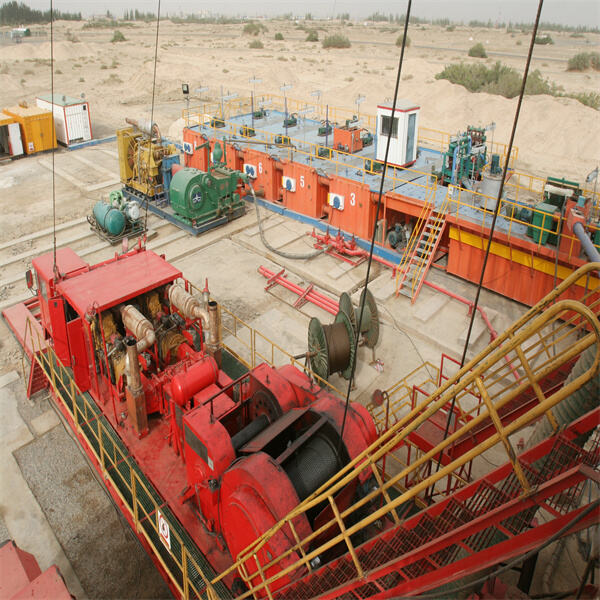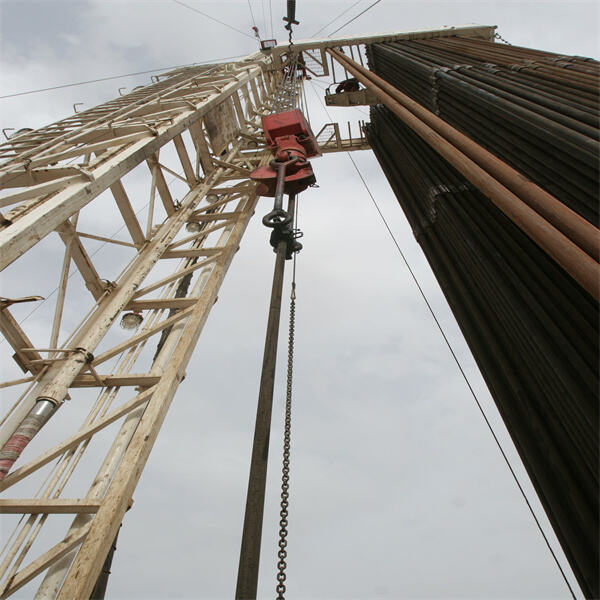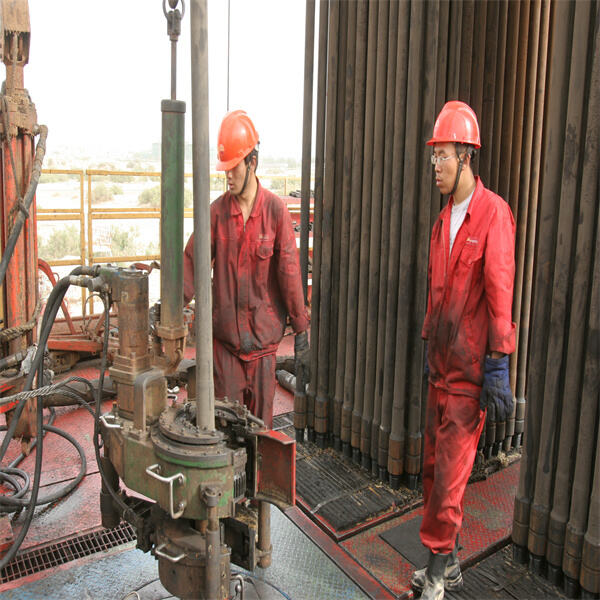Oil and gas platforms are big metal islands in the middle of the ocean. These platforms are for working; they are raising oil and gas from far beneath the water. They are crucial for keeping us supplied with the fuel we need for our cars, homes, and things we use everyday. Let's go to the world of oil and gas platforms and see how they do it.
It is hard to do so, get a crash hello. No small amount of hard work and talented engineers are needed to make sure everything’s done right. These decks need to be strong and able to withstand heavy waves and strong winds at sea. They are constructed of steel and concrete to be around for many years. Some of them are so high that they soar into the sky just like a skyscraper!
Though oil and gas platforms help supply us with fuel, they can also damage the environment. Spills and leaks from these facilities can harm animals in the ocean and dirty the water. That’s the reason there are such strict rules in place to ensure companies are doing everything to keep everyone safe and to protect the environment. Workers on oil and gas platforms are taught to respond swiftly in the event of an emergency as a harm-mitigation measure for the environment.

Life on an offshore oil and gas platform is not your usual 9 to 5. Those workers often leave their families and live on the platform for weeks. They slave away, often in the toughest conditions, to keep everything running smoothly. The days are busy for these tireless workers, from operating machinery to repairing equipment. Despite the difficulties, many workers are proud of their vocation, and appreciate the life of sea and service.

Oil and gas platforms do a lot for the local community. They provide jobs to people who live nearby and bring money to the local economy. Restaurants, shops and other businesses profit because workers and visitors require food and services while they are on site. The revenue generated from oil and gas profits also funds community programs and services, which can improve the quality of life for everyone.

Oil and gas platforms keep improving as technology advances. The platforms themselves are always in the throes of making their services safer and more efficient. From sophisticated monitoring to machinery that operates on its own, technology is key for these platforms. New technology like drones and robots are also employed to inspect and repair platforms — making the workers safer, too. All that technology investment bodes well for the future of the oil and gas industry.